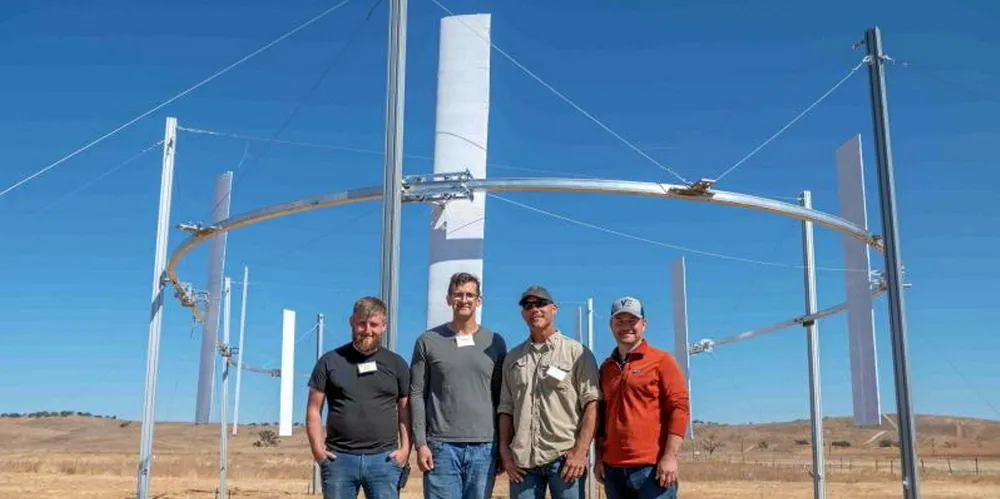Bill Gates-backed 'tracks and wings' bid to shrink wind power for ever
AirLoom Energy claims novel system can produce power at fraction of cost and mass of conventional turbines

AirLoom Energy claims novel system can produce power at fraction of cost and mass of conventional turbines
